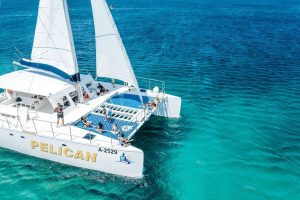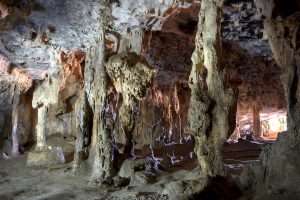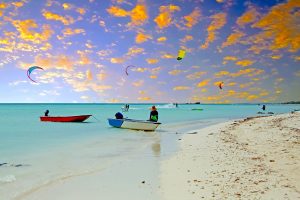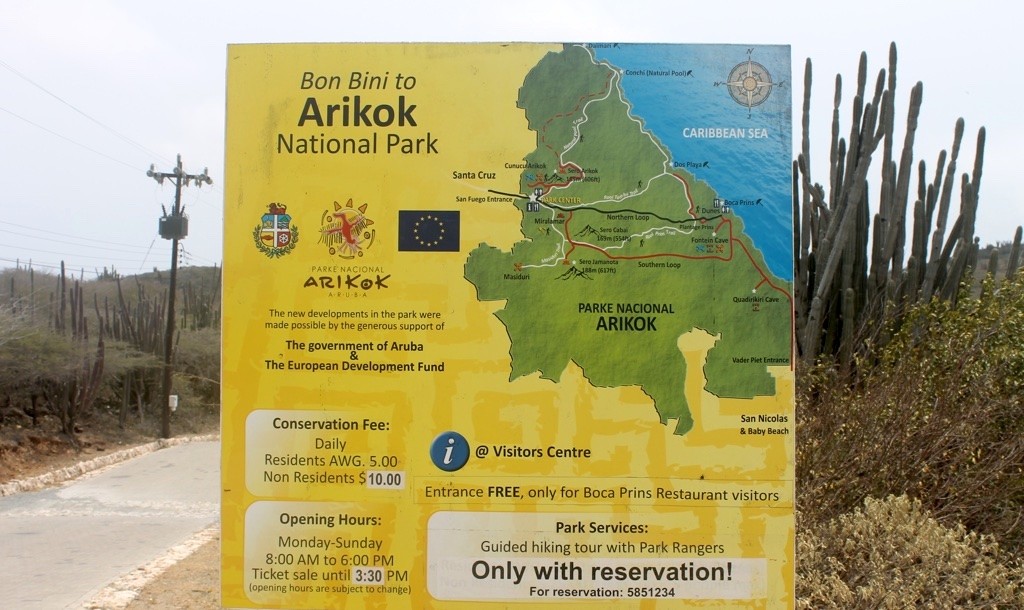
Aruba’s National Park
Arikok National Park is Aruba’s national park and one of the most popular things to do in Aruba.
It covers almost 20% of the island and has three main zones. You will find the North Conservation Zone in the northern part of the island. In the center, there’s the Central Activity Zone, and the South Conservation Zone is located in the Southern part of Aruba.
You’ll find unique historical, cultural, and geological sites in these zones, either by taking a guided tour or exploring them yourself. You will learn more about flora and fauna, Aruba’s geological history, the rough terrain, the desert-like landscape and hills, and the eroded rough eastern coastline with its secluded bays.
The protected area of Arikok National Park was officially established in 2000. Nowadays, the park is famous for its nature conservation, the landscape and its cultural and historical components. It is a perfect place to go when you are looking for adventure, nature, and enjoy the flora and fauna in all their beauty.
Available Tours You Can Book Online
Arikok National Park Hiking Tour
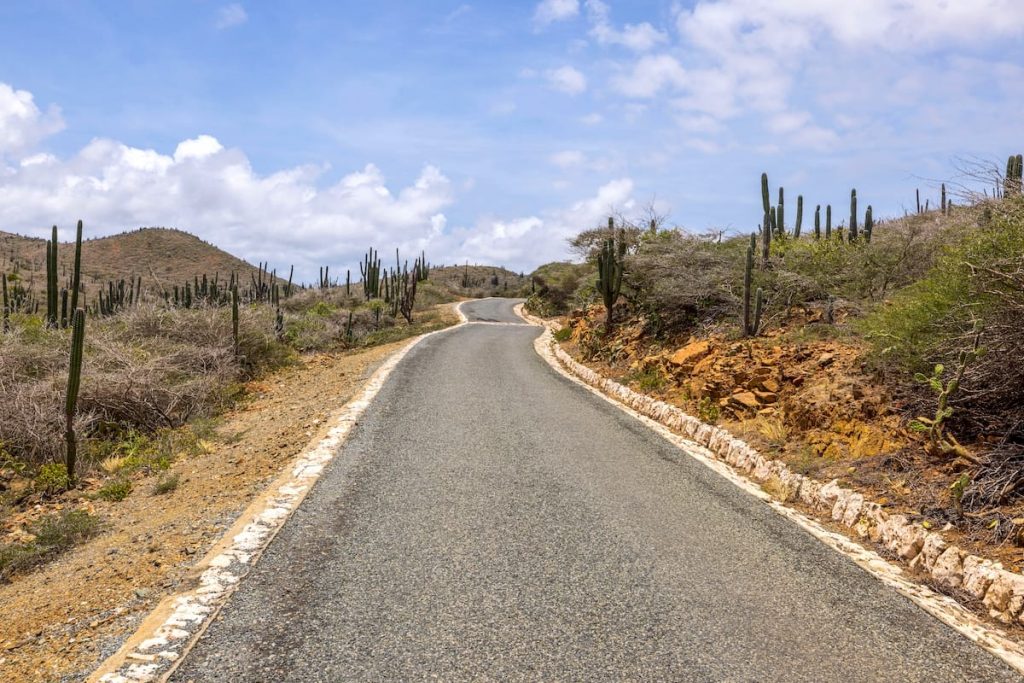
Exploring the true essence of Aruba can be best achieved through a visit to its remarkable natural wonders. With nearly 20% of the island designated as a National Park, a wealth of animal species and plant life call this place home. Arikok National Park, in particular, offers a captivating setting to immerse oneself in the island’s dramatic landscapes.
At the Visitors’ Center, a marvel of modern sustainable design, an engaging exhibit awaits, showcasing Aruba’s unique endemic animals. Here, you can encounter the Aruban whiptail lizard (known as cododo), the Aruban cat eye snake (santanero), and the endangered rattlesnake (cascabel). Accompanied by an expert Arikok National Park ranger, you’ll embark on an enriching hike that unveils fascinating flora, captivating fauna, and intriguing historical sites.
Arikok National Park shelters precious gems that are rare because of their indigenous status on the island. The Aruban burrowing owl (Shoco), Aruban rattlesnake, Aruban whiptail lizard, and Aruban parakeet (Prikishi) reside harmoniously amidst the protected native flora and fauna. The park’s awe-inspiring landscape formations, sculpted by lava, quartz diorite, and limestone, further enhance this unique ecosystem.
By venturing into the heart of Arikok National Park, you’ll discover Aruba’s authentic treasures and witness the harmonious coexistence of its remarkable wildlife with the island’s captivating natural heritage.
Complimentary transportation service from your hotel or cruise ship is provided for pick-up and drop-off.
The park fee is included in the tour.
Arikok National Park Horseback Riding
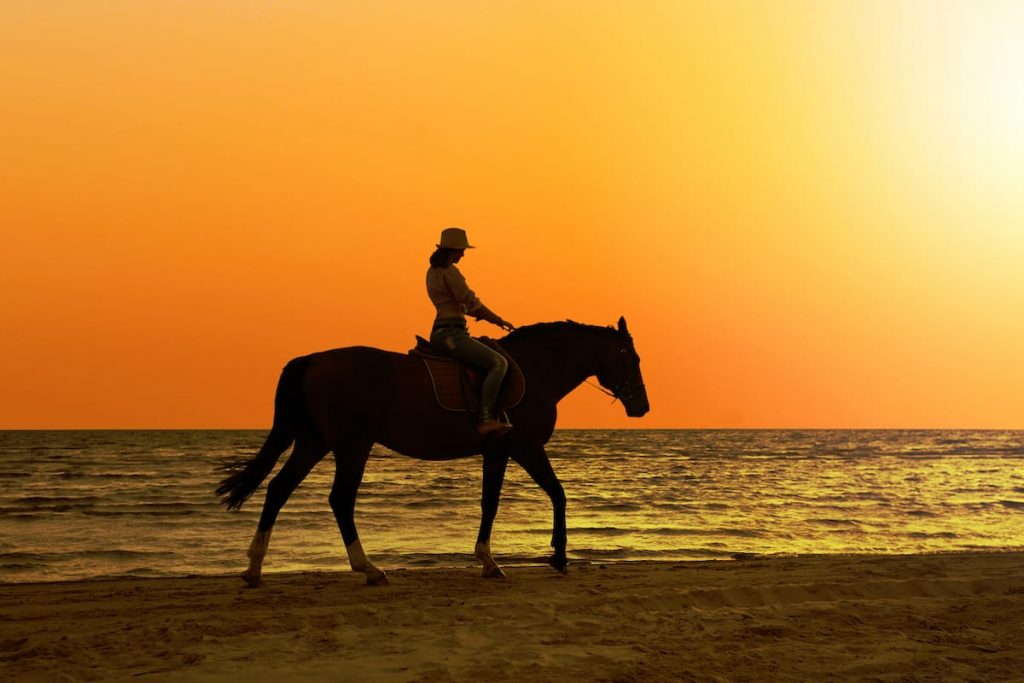
Embark on an exhilarating horseback riding adventure through Arikok National Park from Noord and discover the hidden gems of Aruba! This guided tour offers a unique opportunity to explore the island beyond the usual tourist paths while taking in breathtaking countryside and beach views.
To make your journey hassle-free, convenient pick-up is provided from your hotel or cruise ship. If transportation is needed, simply meet your personal tour guide at the main lobby of your resort at the designated time mentioned in your confirmation email.
Upon arriving at the ranch, you’ll be introduced to your trusty steed. Departing from the ranch, you’ll meander through the scenic countryside, which extends into the Natural Park. Along the way, the hills will treat you to panoramic vistas of the island before descending toward the beach.
As you ride along the picturesque coastline, you’ll experience the invigorating breeze and the rhythmic crashing of the waves. Pass by notable landmarks of the North-Eastern part of the island, including Lovers Cove, Wish Garden, White Sand Dunes, Safire Hill, Local Fisherman’s Huts, the Hidden Valley, and Lagoon.
A knowledgeable guide will provide personalized attention throughout the private tour, ensuring your safety and a fun-filled experience!
Tips Before You Go
Prepare
Make sure you prepare for your trip well. You should have proper footwear, clothing, and lots of water at hand. To protect yourself from the fierce sun, you’ll want to wear sunglasses and a hat or cap. Apply sufficient protective sun lotion or sunblock when visiting the park.
Location
Arikok National Park is located at San Fuego 70, Santa Cruz, close to Route 7.
Opening Hours
The park is open from 8 AM to 4 PM daily.
Tickets and Entrance Fee
You can buy tickets for $10 per person at the Visitors Center ticket office. Children younger than 17 years old will have free admittance. These prices refer to tourists. For locals, the price is different. For tourists and locals, it is possible to buy a year pass. It is possible to buy a ticket until 3:30 PM.
The North Conservation Zone
There are three points of interest at the North Conservation Zone.
The Natural Pool (Conchi)
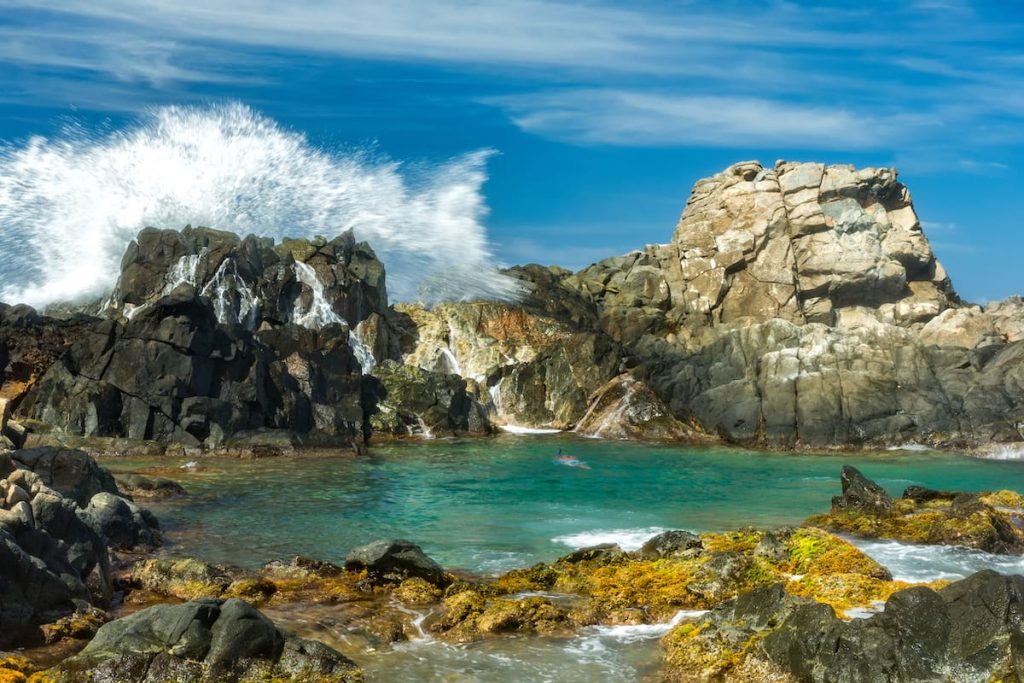
Sometimes referred to as Turtle Pen, the natural pool has become one of the major attractions of the Arikok National Park. Lava stone rocks and rough seas surround it. It can be quite a challenge getting there. The unpredictable high waves from the northeast coast of Aruba can swiftly change the pool from a quiet and seemingly friendly place to a rough, almost hostile environment before you even realize it – especially when you climb the rocks facing the ocean! It is always recommended to wear protective swimming shoes and keep a keen eye on the rhythm of the incoming waves. You can only reach the Natural Pool with a 4×4 vehicle, an ATV, or on foot after you’ve parked your vehicle nearby.
Daimari

Daimari Beach is the most northern point of Arikok National Park. It is an old riverbed that has forever been battered by the relentless ocean waves that have sculpted it into a bay over time. The ocean takes away or brings sand into the bay, depending on rainfall. This is an ongoing process. Daimari Beach is a beautiful place to visit.
Moro (Little Aruba)

Moro is a flat, large rock that lies just in front of the beach, and as you can see in the above picture, it looks like a huge table. The shape of the rock resembles the outlines of Aruba, this is why locals refer to this place as ‘Little Aruba’. Because the limestone plateau eroded in time, the rock separated from the mainland, and forming the two bays accompanied this process. To the north, you will find Boca Keto; to the south, there’s Boca Fluit, both beautiful places to visit in the neighborhood. The beaches are quiet and very clean, giving you the impression that you are alone in the world, enjoying your own private beach.
The Central Activity Zone
The Central Activity Zone consists of twelve points of interest, including the Visitors Centre.
Dos Playa
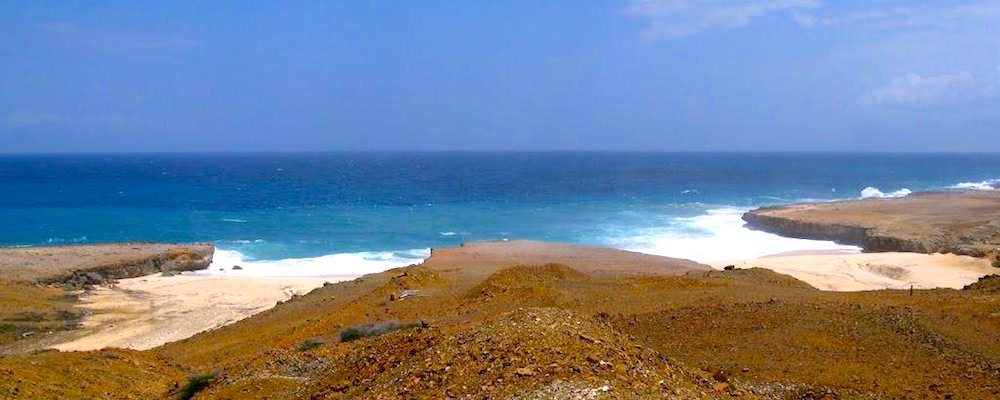
Dos Playa is one of the most important turtle nesting sites of the island. During a short period of the year, sea turtles of all kinds come to Dos Playa to nest. Some examples of sea turtles that come to visit the bays are the green turtle, the loggerhead turtle, and the leatherback turtle.
Rooi Tambu

Rooi Tambu is one of the largest rainwater discharges of Aruba. It is situated in a deep valley. Rainwater is being conserved for very long periods of time and you still may find water, well into the dry season. The formation of lava over time gives you some geological information about how this place was created. It is a beautiful and challenging place to go hiking all the way to the beaches of Dos Playa.
Boca Prins

At the end of Rooi Prins you’ll find Boca Prins, a narrow bay that used to be much bigger and deeper into the mainland of Aruba. It is a combination of mangroves and white sandy beaches.
The Dunes of Boca Prins
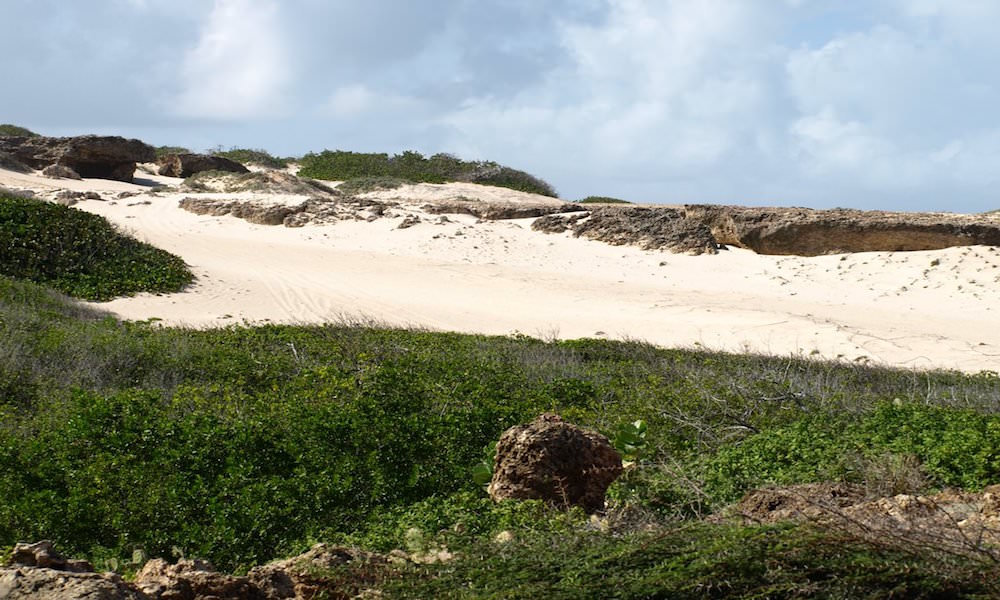
The Dunes of Boca Prins have been created by the ever-blowing north-eastern trade winds. As a result of this force of nature, water in the Boca Prins evaporated and the amount of sand increased, even in a south-western direction. Like in any desert-like environment, any vegetation has a hard time surviving here.
Plantage Prins
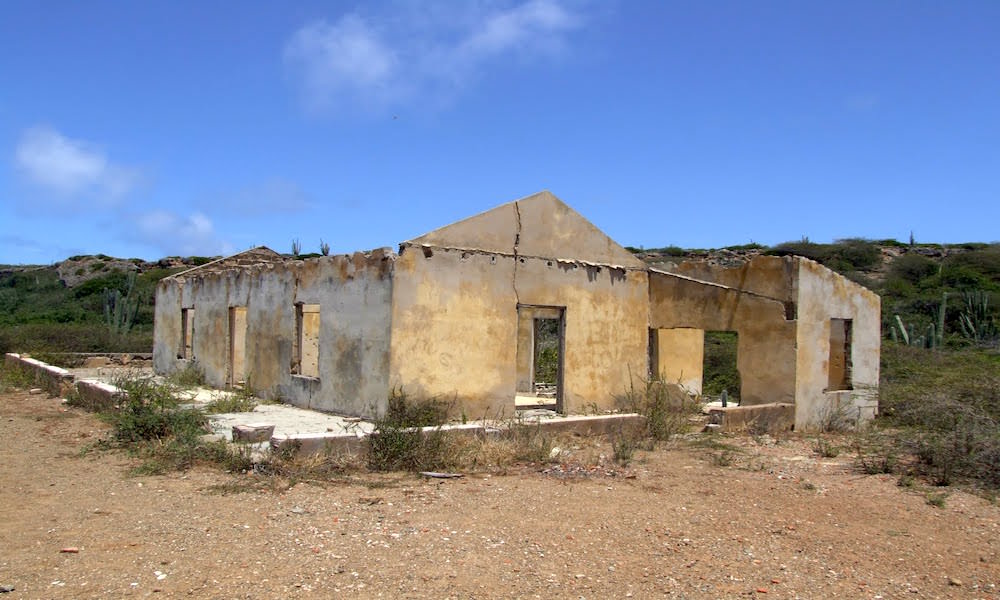
Plantage Prins is an old coconut plantation from a long time ago. Nowadays it is a perfect spot to go bird watching. The surroundings are favorable for vegetation and fruit trees to survive. These natural circumstances attract all kinds of animals, especially birds looking for water and food.
Fontein Cave

Fontein Cave is a limestone cave and a good example how limestone terraces were formed during geologically active periods. The cave is an important archaeological site. Inside, the cave features many Indian rock drawings that date all the way back to the year 1000. Fontein Cave also features some more recent carvings that have been left behind in the early 1800’s by colonial visitors. Exploring the cave is done best by taking a guided tour.
Sero Cabai

Indeed, the Aruban landscape has hills! Sero Cabai is the fourth highest hill with a height of 554 ft. (169 metres). Its vegetation gets heavily influenced by the wind from the north-east. The windward side has much less vegetation than the leeward side.
Miralamar
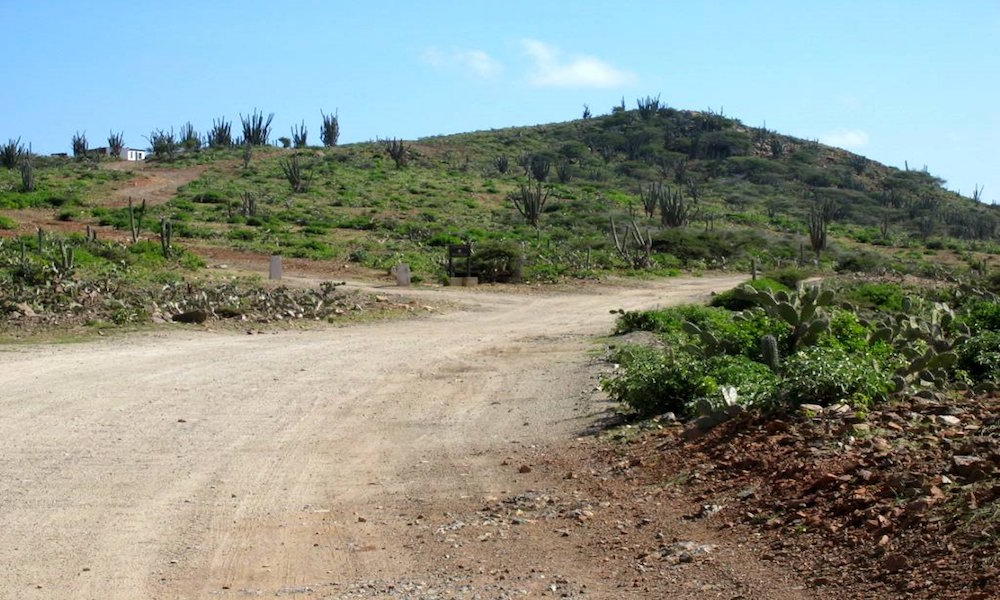
From the Visitor’s Centre, it is only a short trip by foot to visit Miralamar Hill. At the top, you will find the ruins of the Miralamar Gold Mine Complex. A long time ago gold was extracted from gold ore, processed and transported from this place to the Gold Smelter at Balashi.
The Visitors Centre

Arikok National Park has a Visitors Centre that is the main entrance to the park. At the center, you will be able to find further information, have a look at the exhibits and buy your tickets at the ticket office. Restrooms are available.
Hofi Shon Shoco
Very close to the Visitors Centre there is a place called Hofi Shon Shoco. The area has a large collection of local plants as well as fruit trees. At this place, this kind of vegetation gives you a good impression of common use in the culture of Aruba. There’s also a facility called an adobe house where one can relax and enjoy the various kind of birds that visit this place. Hofi Shon Shoco is a great place to visit with your children. House of Mosaic Aruba organizes events at this location in the park. They have become famous for their “Breakfast in the Park” events for various clientele.
Sero Arikok
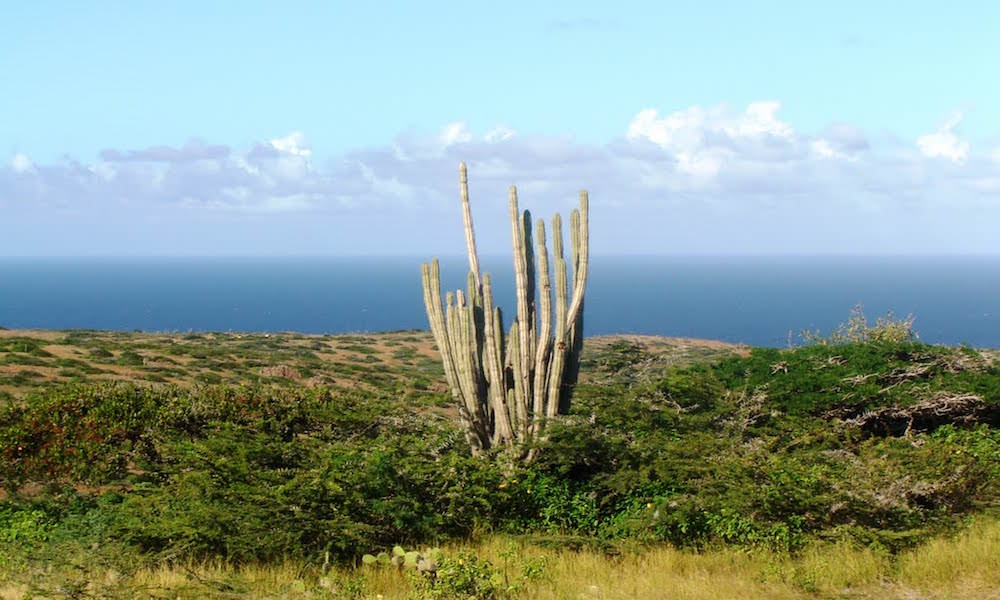
Sero Arikok or Arikok hill is the second highest hill in Aruba. It has a length of 606 ft (185 meters). From the top, you have a wonderful view of the island and the park.
Cunucu Arikok
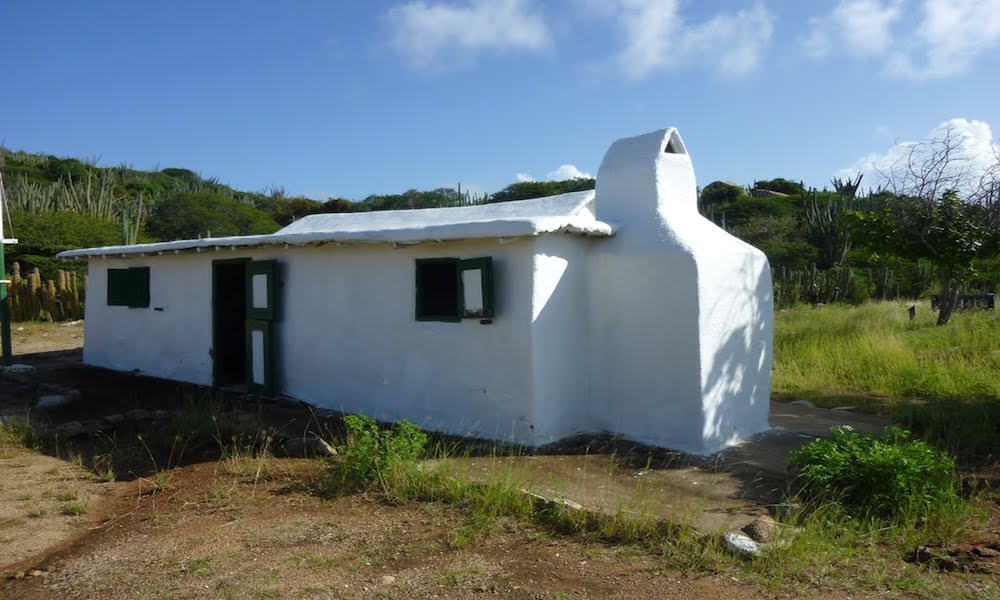
Cunucu Arikok (Cunucu means ‘country side’, where most of the time small agricultural activities took place) is a good opportunity to visit and get acquainted with Arikok National Park. By following the Cunucu Arikok trail, geology, flora and fauna and historical cultural sites are presented to you in an easy way for you to further explore further. Especially the rock paintings of the Caquetío Indians, left almost 2000 years ago, are worth visiting.
South Conservation Zone
There are five points of interest worth to consider visiting in the South Conservation Zone.
Quadirikiri Cave
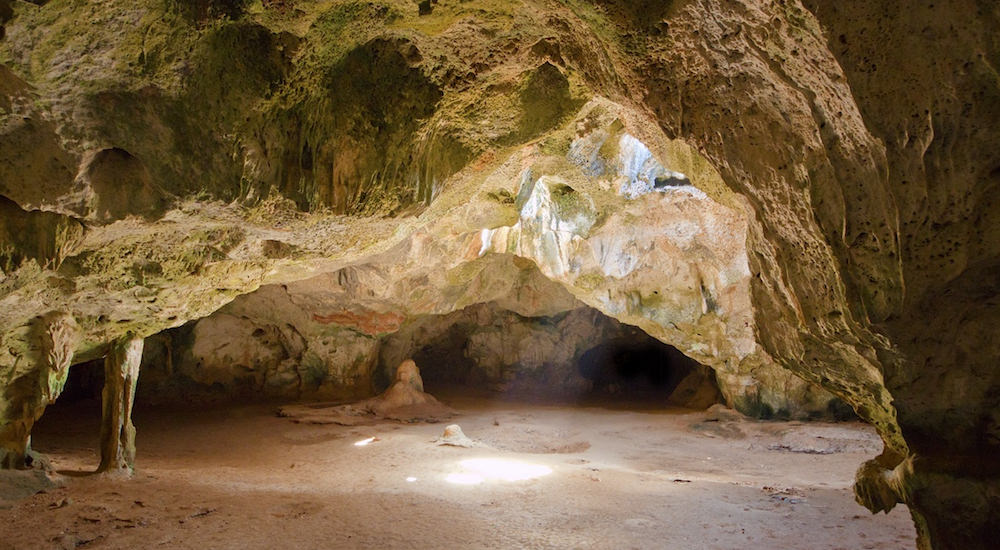
The Quadirikiri Cave is famous for its large bat population. Although the cave gets daylight through holes in the ceiling, it offers enough protection and darkness for the bat population to rest during the day and to go out at dusk, looking for food. When you plan to visit the cave, bear in mind that flashlights are not allowed.
Vader Piet
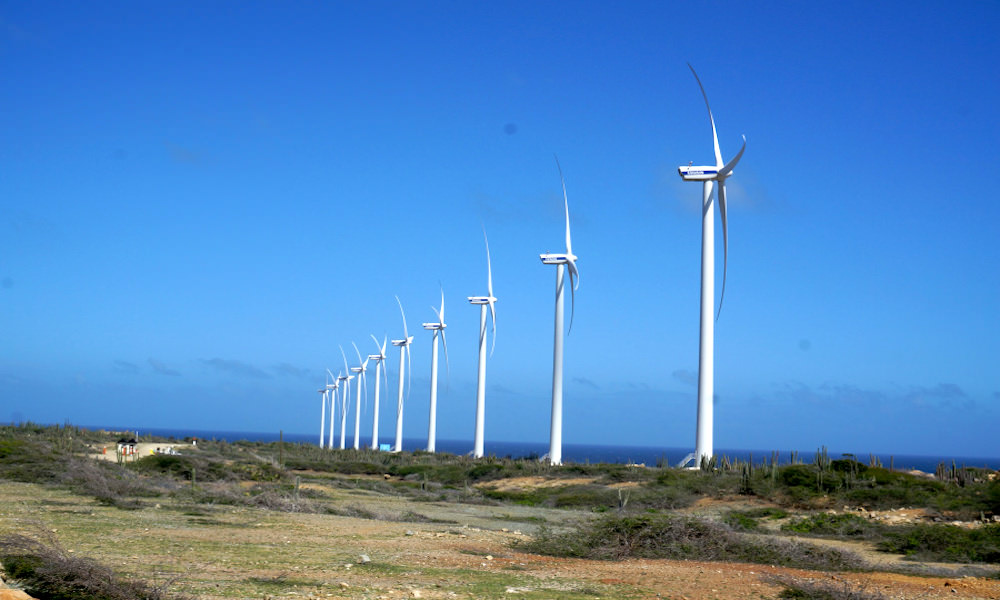
Vader Piet does not actually belong to Arikok National Park. It is a landmark with wind turbines along a road that lies next to the park and it offers an exit towards the direction of Rodgers Beach, Baby Beach and San Nicolas.
Rooi Prins

Rooi Prins is a dry riverbed and it has created itself during geological time forming different kinds of layers. When it rains, the riverbed changes into a stream and water is being carried to the lower parts of Aruba. Rooi Prins ends at Boca Prins. When you would like to explore the environment by hiking, a guide or a guided tour is recommended. It is a long hike and the terrain is rather challenging.
Jamanota Hill

Jamanota Hill is the highest hill of Aruba. At 617 ft. (188 meters) the top offers you a beautiful panoramic view of the southern part of Aruba. The top can only be reached on foot.
Cunucu Masiduri
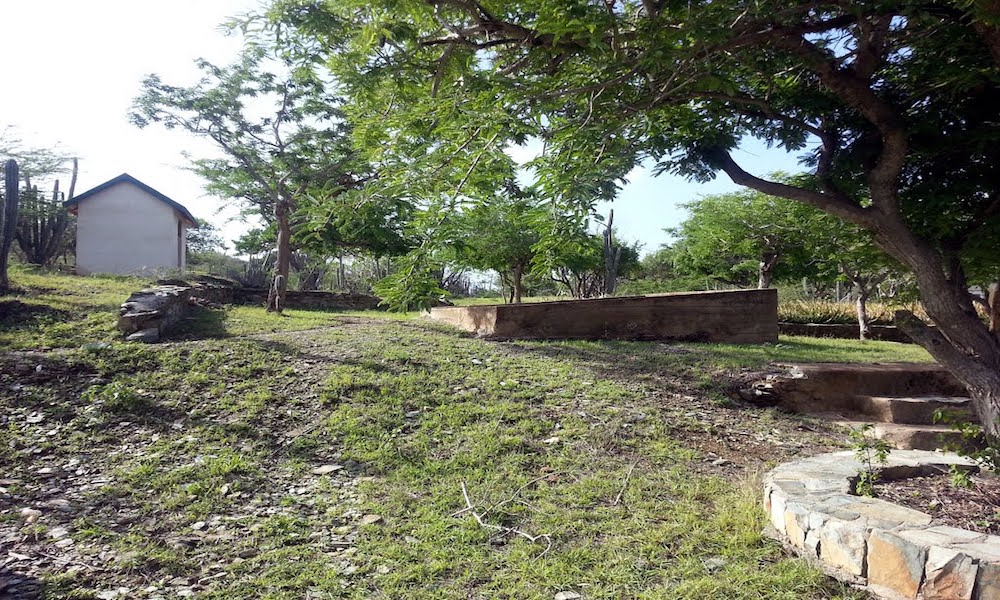
Cunucu Masiduri, also known as the Eucalyptus tree initiative, used to function as a plantation. Through experimenting – adding Eucalyptus trees to the local flora – one was trying to find out whether these trees could survive the Aruban climate. Nowadays the area serves as a good example as to how the flora changed, and how one tried to conserve the new environment.

